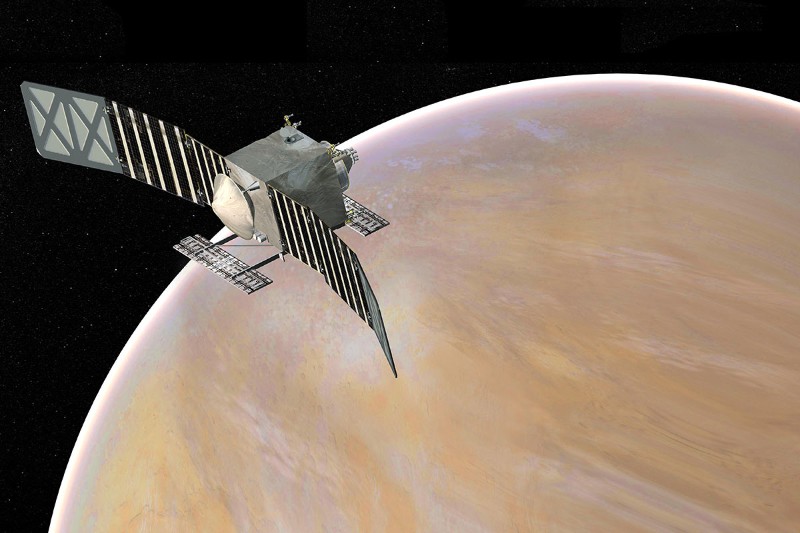
Looking ahead to future planetary missions, NASA has selected five new science investigations for refinement over the next year. Later, one or two of those missions will be chosen to actually be launched, perhaps as early as 2020. The selections are part of NASA’s Discovery Program, which had requested the proposals in November 2014. Initially, 27 proposals had been submitted, from which the five current finalists were chosen. The five proposals would study Venus, near-Earth objects, an unusual metallic asteroid and Trojan asteroids.
“The selected investigations have the potential to reveal much about the formation of our Solar System and its dynamic processes,” said John Grunsfeld, astronaut and associate administrator for NASA’s Science Mission Directorate in Washington. “Dynamic and exciting missions like these hold promise to unravel the mysteries of our Solar System and inspire future generations of explorers. It’s an incredible time for science, and NASA is leading the way.”
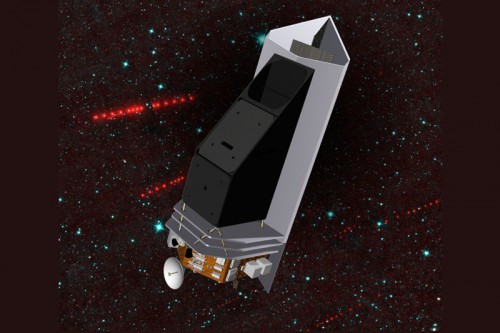
Each mission team will receive $3 million for design studies and analyses. The final one or two selections will be made in September 2016, and selected missions will cost $500 million each, not including launch vehicle funding or cost of post-launch operations.
The Discovery Program was founded in 1992 to sponsor exploration of the Solar System. Previous missions in the Discovery Program include MESSENGER, which orbited Mercury; Dawn, which is currently orbiting the dwarf planet Ceres and Kepler, which has found thousands of exoplanets so far. The InSight (Interior Exploration using Seismic Investigations, Geodesy and Heat Transport) mission to Mars will be the next Discovery Program mission to be launched, in September 2016. InSight will study Mars’ interior.
In summary, the five mission proposals include:
Deep Atmosphere Venus Investigation of Noble gases, Chemistry, and Imaging (DAVINCI)
DAVINCI would study the chemical composition of Venus’ atmosphere during a 63-minute descent. It would answer scientific questions that have been considered high priorities for many years, such as whether there are volcanoes active today on the surface of Venus and how the surface interacts with the atmosphere of the planet. Lori Glaze of NASA’s Goddard Space Flight Center in Greenbelt, Maryland, is the principal investigator. Goddard would manage the project.
The Venus Emissivity, Radio Science, InSAR, Topography, and Spectroscopy mission (VERITAS)
VERITAS would produce global, high-resolution topography and imaging of Venus’ surface and produce the first maps of deformation and global surface composition. Suzanne Smrekar of NASA’s Jet Propulsion Laboratory (JPL) in Pasadena, California is the principal investigator. JPL would manage the project.
Psyche
Psyche would explore the origin of planetary cores by studying the metallic asteroid Psyche. This asteroid is likely the survivor of a violent hit-and-run with another object that stripped off the outer, rocky layers of a protoplanet. Linda Elkins-Tanton of Arizona State University in Tempe, Arizona is the principal investigator. JPL would manage the project.
Near Earth Object Camera (NEOCam)
NEOCam would discover ten times more near-Earth objects than all NEOs discovered to date. It would also begin to characterize them. Amy Mainzer of JPL is the principal investigator, and JPL would manage the project.
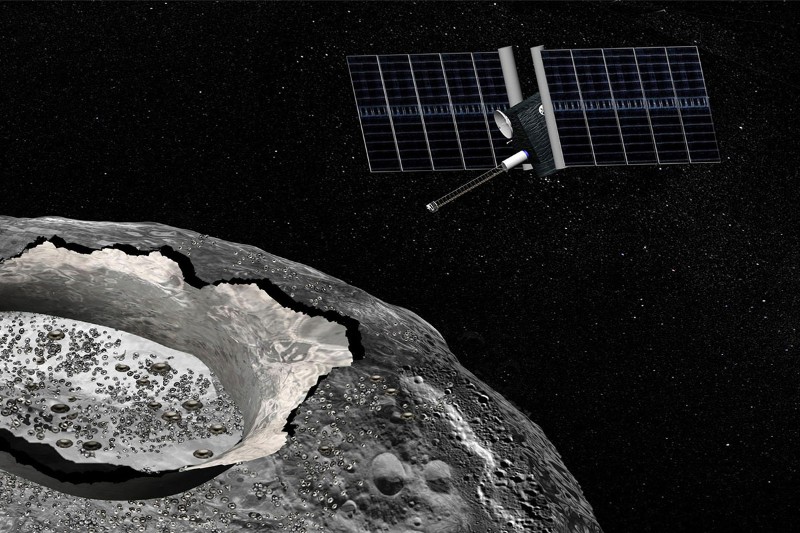
Lucy
Lucy would perform the first reconnaissance of the Jupiter Trojan asteroids, objects thought to hold vital clues to deciphering the history of the Solar System. Harold Levison of the Southwest Research Institute in Boulder, Colorado is the principal investigator. Goddard would manage the project.
If either of the Venus missions are selected, it would be the first return to our closest planetary neighbor in a long time. The hellish planet may seem to have been almost forgotten in recent years, but rest assured, many planetary scientists are eager to go back and explore this dynamic world further. Even future lander design concepts are being explored, which could withstand the extreme heat and pressure on the surface for longer than the previous Soviet Venera landers in the 1980s. Venus is like a greenhouse effect on steroids; by studying what happened to the planet’s climate in the past, scientists hope to better understand climate change on Earth. If there are still active volcanoes on Venus, as recent research suggests, that would be another similarity with Earth which could be studied in greater detail.
The Magellan orbiter mission, which ended in 1994, was the last American mission to Venus.
“It sends a very positive message that it’s time to go back to Venus,” said Lori Glaze, a planetary scientist at Goddard Space Flight Center in Greenbelt, Maryland, and leader of one of the two Venus mission proposals.
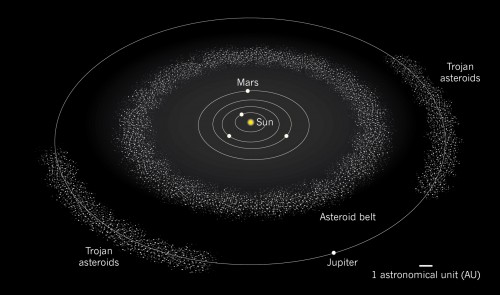
Psyche would be a mission to something never examined before up close – a metallic asteroid, the metallic core of a protoplanet where the outer rocky layers (and any atmosphere) had been “stripped away” by a violent impact with another object, according to planetary scientists. Such an intriguing metallic planetary body has not been studied before by any spacecraft; other asteroids visited have been of the rocky variety. Psyche is part of Arizona State University’s School of Earth and Space Exploration. Psyche is about 155 miles (250 kilometers) in diameter, very dense and composed almost entirely of iron-nickel metal.
“Every world explored so far has a surface of ice, rock or gas. Now imagine a world made of iron and nickel. How alien it must be! But deep below Earth’s surface, unreachable to us, is a metal core resembling asteroid Psyche. A mission to this metal world would be the equivalent to a mission deep below the surface of any of the terrestrial planets to examine their cores,” said Elkins-Tanton, principal investigator for the proposed mission.
The Psyche spacecraft would orbit the huge metal asteroid for about 12 months, studying the topography, gravity, magnetic field and other surface features, and carry a suite of instruments, including magnetometer, imager, gamma ray and neutron spectrometer.
While a growing number of asteroids have been explored now, none of them yet have been a Trojan asteroid, a group of asteroids which orbit the Sun along the same path as Jupiter. Lucy would be the first mission to study these objects, which are thought to be left-overs from the early formation of the Solar System.
“We’ve never been able to study them,” said Hal Levison, of the Southwest Research Institute in Boulder, Colorado.
“This stuff has been in the deep freeze,” said UCF Physics Professor Daniel Britt. “You can see from the surface a record of solar system history, building blocks of planets and precursors to life.”
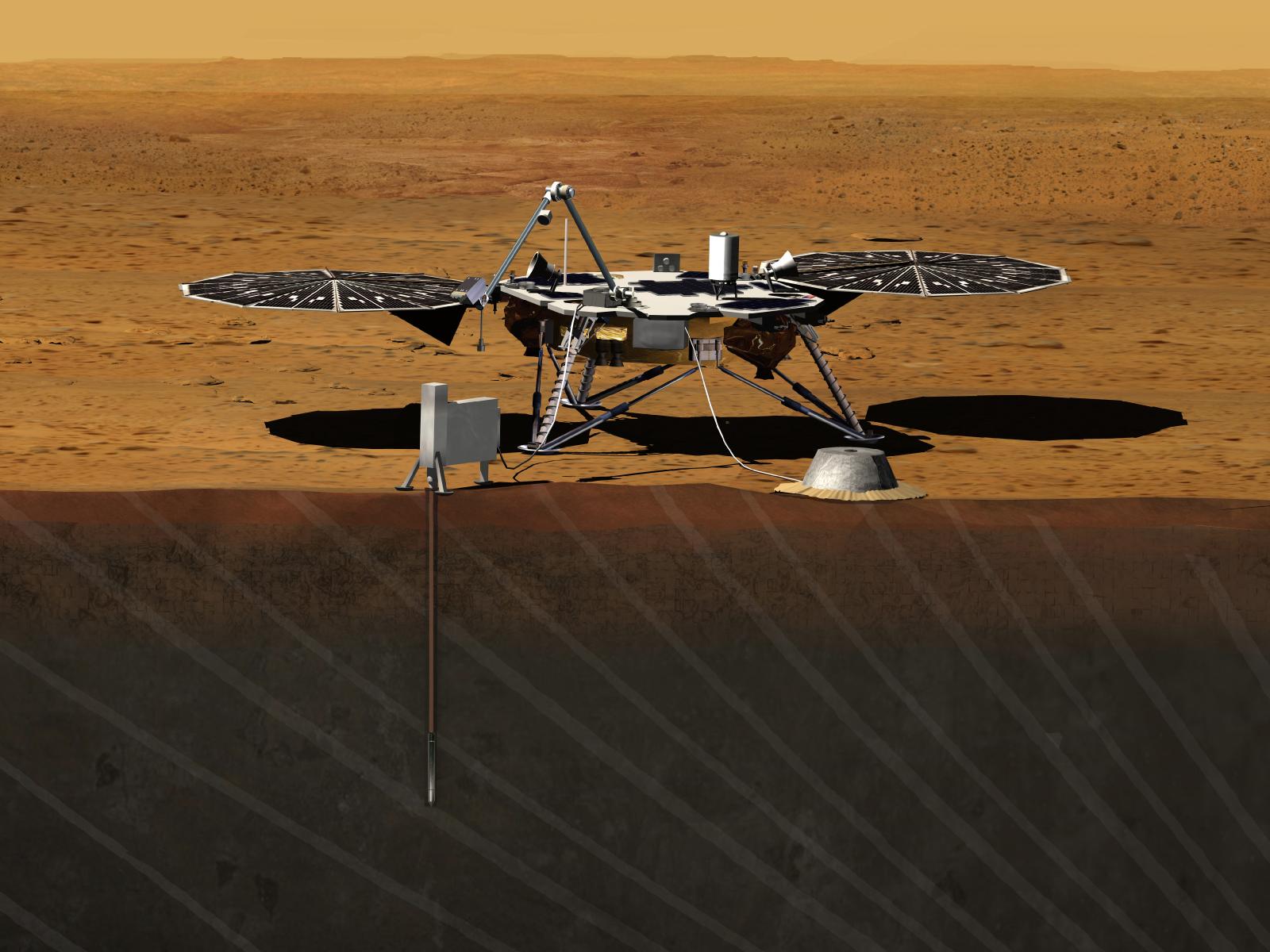
“We don’t really know what they’re (asteroids) made of and how they’re put together,” added Britt. “Most theories are wrong which is why you go explore.”
NEOCam, an infrared space telescope, would be launched to the Earth-Sun Lagrange Point 1 – a gravitationally stable spot about 930,000 miles (1.5 million kilometers) from Earth. From there it could hunt for potentially dangerous near-Earth asteroids, and could find ten times more asteroids than discovered so far.
“We have a chance to address one of the most fundamental questions in astronomy,” said Yan Fernandez, NEOCam co-investigator and Director of UCF’s Robinson Observatory.
As also recently reported, if two of the missions are selected in 2016, that might mean that NASA would skip another selection process in 2017. Due to budget constraints, only one Discovery Program mission can be launched every three years.
“If we end up selecting two, then we wouldn’t put out a call for the next Discovery as we originally had planned, which is in 2017,” said Jim Green, NASA director of planetary science, during a meeting of the NASA Advisory Council’s planetary science subcommittee.
The new mission proposals present an exciting opportunity. As Britt summarized, “We’re pleased we get a chance to compete and are looking forward to embarking on this adventure. If you win you go out and learn something important of the Solar System.”
More information about the Discovery Program is available here.
Want to keep up-to-date with all things space? Be sure to “Like” AmericaSpace on Facebook and follow us on Twitter: @AmericaSpace





One Comment
One Ping
Pingback:New NASA planetary science proposals include Venus and 'metallic asteroid' missions